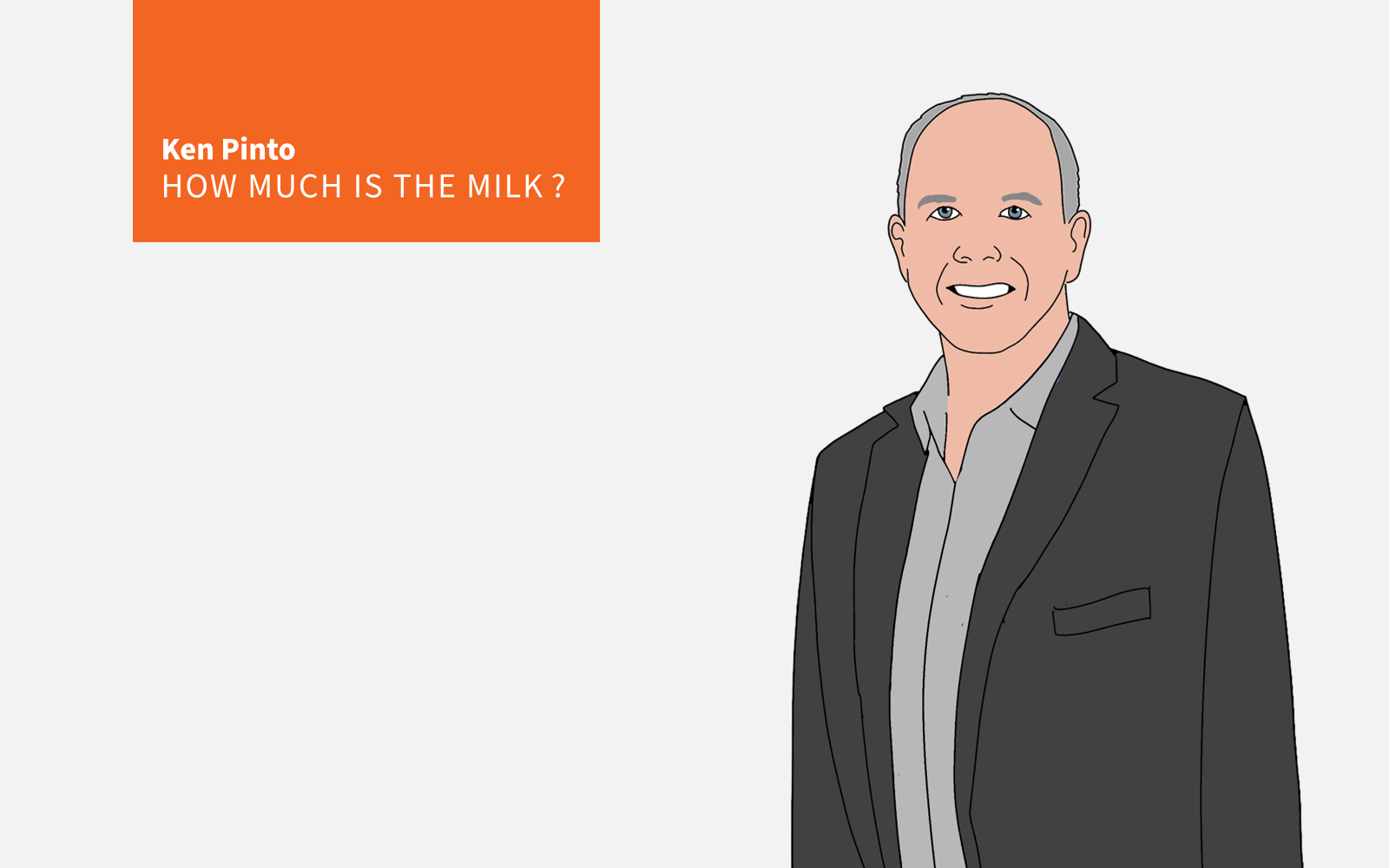Leadership
Here's How Your Work To Cut Costs Often Drives Them Higher
Listening lowers costs. Sounds trite perhaps, but I don’t care. It’s one of the most valuable lessons I’ve learned in my career. Subcontractors are a homebuilder's front-line operations team.

My experience with subcontractors began in commercial construction. There, general contractors and subcontractors vie for advantage over each other. Each project is a new arena, new battle to start all over again.
One of these battle tactics is sending a letter to all your subcontractors, informing them you’re taking 10% off each invoice. What proves out, however, is that these letters do not lower costs. Instead, they reduce profit margins. Continuously re-bidding to drive prices lower actually increases the overhead costs of the folks who we want to keep costs down.
Go figure. Precisely the moves managers make to lower costs in fact result in higher costs.
I succeeded in playing the tough-guy that was expected of me, and it didn’t achieve the result I was looking for.
In residential construction, we build houses over and over with the same subcontractors. Repetition – and the predictability repetition can yield – is one of residential construction’s most unique opportunities to gain efficiency from collaboration, from partnership.
I discovered that I was doing it all wrong. It was clear then that if I didn’t change the way I interacted with our subcontractors it would be impossible to achieve the competitive advantage in pricing and labor availability I was looking for.
When subcontractors feel they are treated unfairly, they tend to adjust their actions to match our expectations. Both parties then perpetuate a culture of adversarial reciprocity.
Once you've experienced the difference in effect between adversarial and synergistic relations, it's hard to rationalize going back to being the tough-guy.
We frequently rely on the competitive bid process to achieve the lowest price, but if all the subcontractors in the bidding are equally inefficient, we still pay for it. Builders often think it is the subcontractor who needs to change. Sometimes that's the case. More times than now, however, it's builders' processes that exert a huge effect on an installer’s operational efficiency.
Listening lowers costs. Sounds trite perhaps, but I don’t care. It’s one of the most valuable lessons I’ve learned in my career. Subcontractors are a home builder's front-line operations team. They know better than anyone else how to improve operations that affect lower pricing. If they aren't talking to you now, start asking questions . . . and keep asking; eventually, they will open up to you.
Often, they are itching to tell you things.
When I began asking, “what is it we do that costs you money?” they gave me an earful, and I did my best to keep it going.
Subcontractors have confided that they keep telling the builders how to reduce costs, but they are often brushed off. When they feel like you don't want to listen to what they have to say, they stop talking. Their only recourse at that point is to add the higher cost of your decisions to their next bid.
When you have the right relationship with your subcontractors, they will become part of your team, rather than an appendage. The opportunity is to engage them to become as committed to lower costs, higher quality, and faster cycle times as you are.
When subcontractors believe their needs are important to you, they will give you a competitive advantage with their best crews and best pricing.
Start asking the right questions, and then – listen.
Join the conversation
MORE IN Leadership
How Signature Homes Wins While Other Builders Pull Back
Sales are sliding for most private builders. Dwight Sandlin’s team is defying the trend with strategy, speed, and customer obsession.
HW Media Acquires The Builder’s Daily, Expanding into the Homebuilding Vertical
Strategic acquisition adds leading homebuilding publication and strengthens HW Media’s commitment to serving the full housing economy
C-Suite Leaders Will Gather To Chart Homebuilding’s '26 Reset
The Builder’s Daily announces the speaker lineup for this October’s high-impact leadership summit in Denver, where the best minds in homebuilding operations, marketing, and technology will explore how to lead through the now and build for what’s next.
